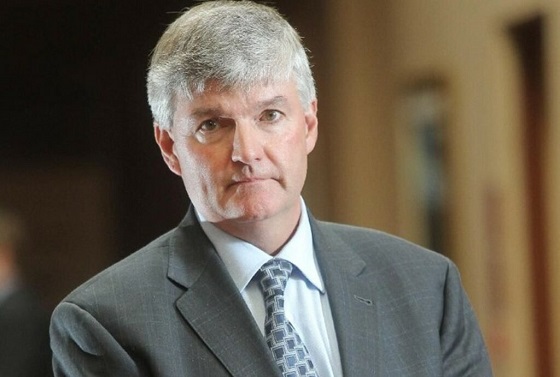Under Notley’s plan, the government would expand the Alberta High Load Corridor, a 6,500 kilometre network of designated routes across Alberta that can accommodate heavy loads with heights of up to 12.8 meters and weights of up 800 tonnes.
The High Load Corridor is considered among the very best in North America, giving Alberta industry a distinct competitive advantage. The six-year, $1.35-billion expansion would:
• Add 3,500 kilometres, for a new total of 10,000 kilometres.
• Create 7,500 construction jobs.
• Support northern industrial development, with specific benefits for oil and gas.
• Extend and improve the network in southern Alberta, with specific benefits for the renewable energy industry as more, larger wind turbines are transported.
• Maintain roughly 150,000 oversized/overweight permits issued annually.
Notley’s plan to expand the High Load Corridor builds on previous announcements such as the Highway 40, Highway 43X bypass and the Vinca Bridge. The Vinca Bridge will shorten trips from the Industrial Heartland to Fort McMurray by 200 kilometres, saving industry $10,000 per trip. Industrial stakeholders including heavy haul carriers, oil sands developers, pre-fabricated home builders, and municipalities have been consulted by the Government of Alberta.
A New Way Out. For a Safer Fort McMurray.
Rachel Notley is committed to building a secondary access highway in Fort McMurray, which would ease congestion, improve access, and boost safety throughout the region. The Regional Municipality of Wood Buffalo formally endorsed the East Clearwater Highway project in 2016 as the preferred option to respond to recommendations from the Fort McMurray fire and build a new evacuation route for all communities between Anzac and Fort McKay. The Government of Alberta has invested $5 million into pre-design and planning.
Consultations will be held with Indigenous peoples, municipalities, industry, and area residents.
More processing, upgrading and refining. Made-In-Alberta.
The International Energy Agency forecasts that global demand growth for petroleum products in the coming decades will be strongest in the petrochemical and aviation fuel sectors. Alberta has the potential to seize tens of billions in global petrochemical, upgrading and refining investment over the next decade, but it will not happen on its own. Rachel Notley’s Made-in-Alberta plan to significantly increase the volume of oil and gas that is processed, upgraded or refined in Alberta before it’s exported. Notley’s plan has already attracted $12.6 billion in private investment and created over 11,700 direct jobs.
2030 target and strategic goals:
• Secure $75 billion in mid-to-downstream private capital investment and 70,000 jobs.
• Double Alberta’s current petrochemical production within established methane and ethane value chains.
• Leverage the emerging propane value chain currently under development to attract tertiary manufacturing facilities.
• Capture more value from liquid rich natural gas produced in Alberta and B.C. by incenting new infrastructure connections between Alberta’s four value-added industrial clusters (Heartland, Red Deer, Grande Prairie and Medicine Hat), and emerging coastal Liquefied Natural Gas export terminals in B.C.
• Leverage the commercialization of new partial upgrading technologies to unlock more refining markets in the U.S. and globally to meet growing demand for aviation fuel and low-sulphur marine fuel. Export up to 30 per cent more bitumen on available pipeline space.

















